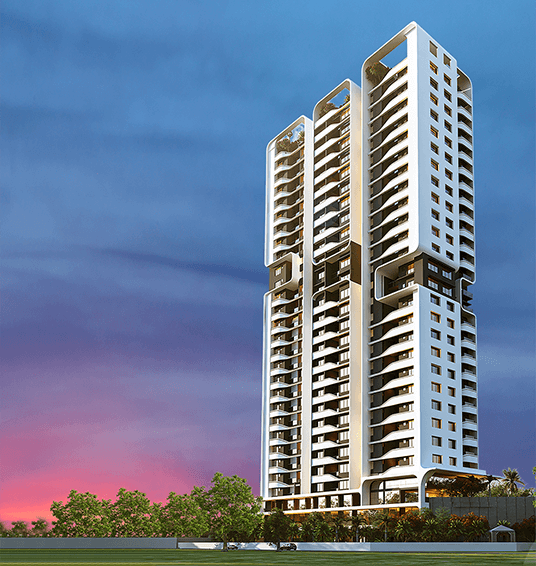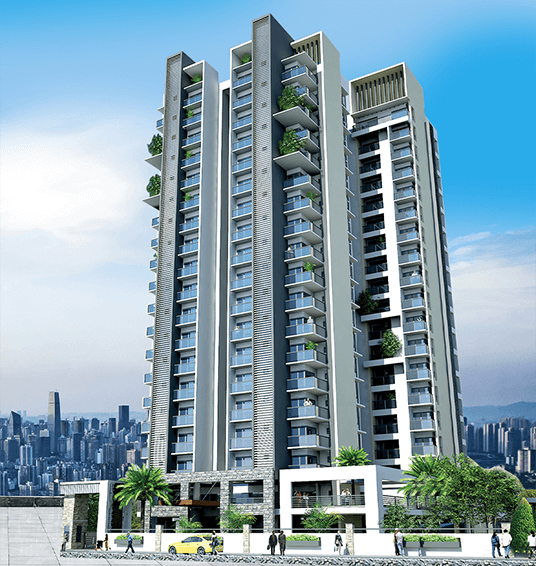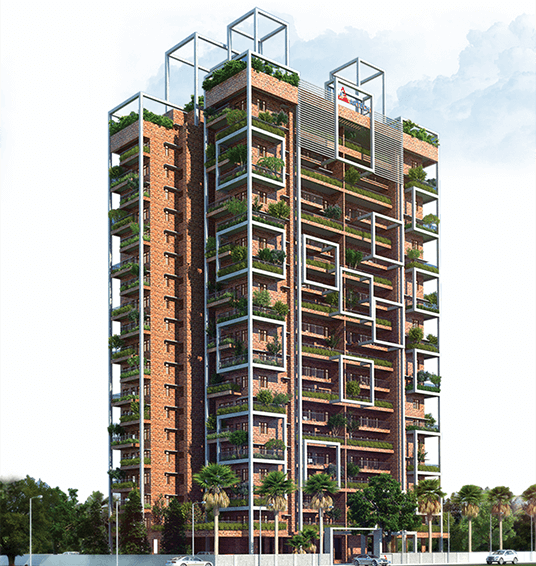
The ancient Koodalmanikyam Temple, nestled in the serene town of Irinjalakuda, holds a unique position among the temples of Kerala. Surrounded by lush greenery, ancient trees, and tranquil ponds, this temple emanates a sacred aura that inspires both peace and awe. Known for its architectural magnificence and fascinating history, it is one of the most famous temples of Thrissur district.
Unique Dedication to Lord Bharatha
The Koodalmanikyam Temple is renowned for being the only temple in India dedicated to Lord Bharatha, the brother of Lord Sree Rama. Often referred to as Sree Koodalmanikyam Temple, this sacred place has roots that intertwine with the cultural and religious heritage of Kerala. It is believed that the temple originally belonged to the Jains and was later adopted into Hindu worship practices as Jainism declined in the region. The Koodalmanikyam Temple history dates back to 854 AD, as recorded in stone inscriptions from the era of the Chera king Stanu Ravi Varma.
Fascinating Folklore of the Idol
One of the most captivating tales from the Koodalmanikyam Temple history involves the glowing idol of Lord Bharatha. According to folklore, the idol’s forehead began emitting a brilliant glow, a phenomenon that later became associated with the “manikyam” or quartz that merged with the idol’s radiance. Such mystical occurrences make the temple a revered site for devotees and a significant part of Irinjalakuda’s famous temples.
Spiritual Beliefs and Uncommon Traditions
The Koodalmanikyam Temple Irinjalakuda is famous for its unique customs. Unlike other temples, it has only one presiding deity and lacks the presence of Lord Vigneshwara or the sacred Tulsi plant within its premises. Devotees firmly believe that the temple’s deity holds immense spiritual power, capable of curing even severe ailments. Such distinct traditions make it a spiritual landmark not only in Irinjalakuda but across Kerala.
Architectural Grandeur and Scenic Beauty
The Koodalmanikyam Temple Irinjalakuda is celebrated for its architectural excellence, which reflects the quintessential style of Kerala temples. Spread over 10 acres, it houses four large ponds that enhance its picturesque beauty. The eastern Gopuram, adorned with intricate carvings and vibrant paintings, stands tall as a testament to the craftsmanship of yore. The sanctum sanctorum is covered with copper plates, lending an exquisite charm to the temple’s facade.
The round-shaped inner sanctum and the six-foot-tall Thaazhikakunda are significant attractions for historians and art enthusiasts. These features, along with the temple’s mural paintings, are a treasure trove for those exploring the rich cultural heritage of Kerala.
Accessibility and Nearby Attractions
Situated on the outskirts of Thrissur, the Koodalmanikyam Temple is easily accessible, making it a popular destination for both pilgrims and tourists. The distance from Thrissur to Koodalmanikyam Temple is convenient enough for day trips. Visitors often explore other nearby Irinjalakuda tourist places, such as historical landmarks and cultural sites.
The Imposing Gopurams and Intricate Carvings
The eastern ‘Gopuram’ (gateway) of the temple is a grand imposing structure graced with numerous paintings and carving on the walls. There are two more imposing Gopurams on the western and southern sides. The architecture is typical Kerala style with white-washed walls and tiled roofing. The round-shaped inner sanctum sanctorum of the temple is covered with copper plates, adding to its glorious look. There is a six foot-high ‘Thaazhikakunda’, adding to the grace and magnificence of the temple. The impressive carvings in wood and stone here attract historians and art lovers alike.
Located on the outskirts of Thrissur, the Koodalmanikyam temple is a must-see location for everyone. For those who wish to stay close to such rich cultural landmarks, flats in Thrissur offer an ideal living experience, combining the serene beauty of the surroundings with the convenience of city life. The temple itself is a thing of great architectural beauty, belonging to another world with its ancient mural paintings which still glow with color.













